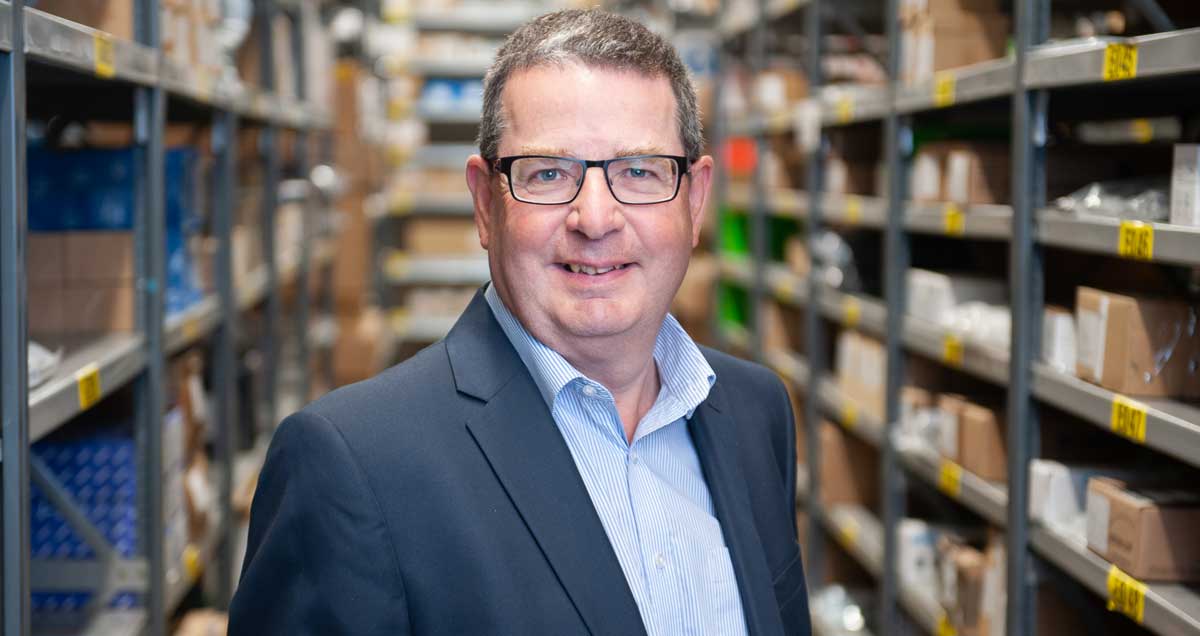For further information click here
Please don’t hesitate to contact our expert team on 01435 866011 for further innovative engineering solutions.

Simon leads the UK technical team and specialises in the design and development of Smalley wave springs and spiral retaining rings. With over 25 years of experience, Simon develops bespoke parts for major clients around the world and across a wide range of industry sectors. He is now widely considered the leading authority on Smalley products.

We are back with another Smalley Talk, where our Smalley engineering experts answer difficult questions about ring and spring design.
Our Smalley Product Manager, Simon Ward, was recently involved with a customer on a special design and, although this is not an uncommon occurrence since the majority of our Wave Spring sales are custom designs, Simon said It was an interesting application and I thought our readers would be interested to hear about some of the more unusual questions that design engineers put to us regarding our unique Smalley products.
Yes. Because the Smalley manufacturing process involves edge coiling flat wire, we have the ability to control the amount of wire that is fed in each part. This gives us the capability to easily change most dimensions of the spring, and in this case, to create a spring with a large gap. We can even create Wave Springs that are just a small fraction of the overall circumference. For example, if you only need 10 degrees of the full circle, similar to the linear springs shown on our website but with a slight curve, it is possible. If you let us know what you need, we will work with you to meet your requirements.
There are several answers depending on how the spring is being used. If you are looking to reduce the spring rate, cutting off turns would actually increase the spring rate and not decrease it like intended. This is because the number of turns inversely affects the spring rate in the Crest-to-Crest spring rate formula. However, cutting off turns would likely reduce the load at a specific work height. This is because the free height of the spring has been reduced, which in turn reduces the travel between the free height and the work height resulting in a lower load. This reduction in load will likely happen even though the spring rate is greater with less turns as previously explained.
That’s all for now, check back next time when the team will answer more Smalley related questions. You can see more blog entries and other application examples on our technical articles page.
For further information click here
Please don’t hesitate to contact our expert team on 01435 866011 for further innovative engineering solutions.